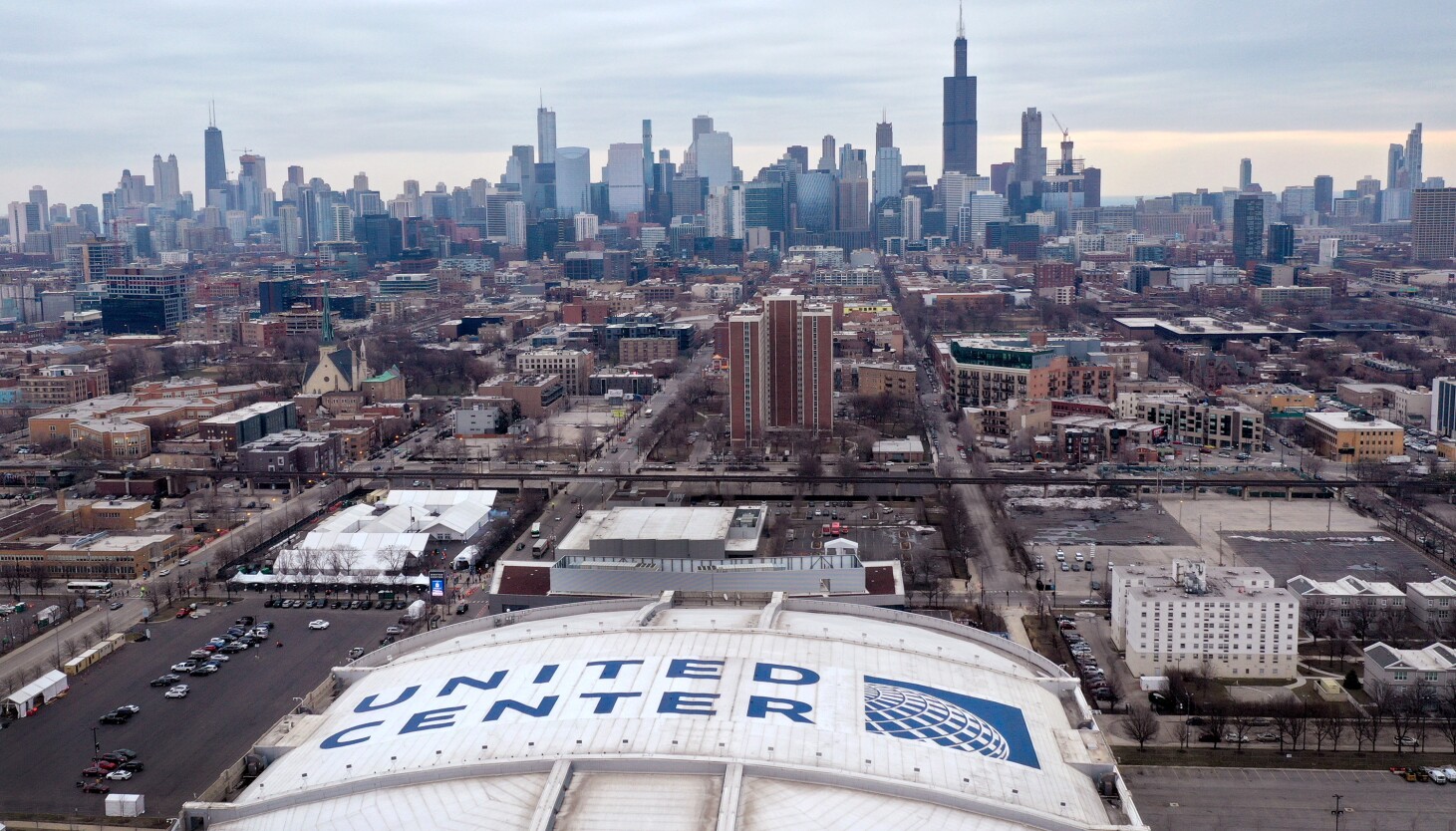A federal judge will not force City Hall to further alter the path it offered protesters during next week’s Democratic National Convention, finding the route satisfies the First Amendment while addressing significant security and safety concerns.
U.S. District Judge Andrea Wood handed down her 24-page ruling late Monday, writing that challenges to the route “boil down” to a complaint that city lawyers “have not offered the exact route” protesters desire, even though it “allows them to speak near their intended audience.”
The ruling comes as the two sides are expected back in Wood’s courtroom Tuesday afternoon.
The groups first sought permits in January to march “within sight and sound” of the United Center over the Israel-Hamas war. Their attorneys have predicted that up to 25,000 people could participate.
City Hall previously tried to steer the protests three miles east of the United Center, to Columbus Drive in Grant Park. Then, in early June, city attorney Andrew Worseck told the judge it planned to offer a route that is “United Center adjacent.”
The groups weren’t satisfied and asked the judge to force the city to adjust further, though. Worseck insisted that City Hall had already engaged with the protest groups, made adjustments and adequately accommodated them.
“The city is entitled to put down its pen,” Worseck told the judge during a recent hearing.
The groups suing over the protest route include the Chicago Alliance Against Racist and Political Repression, the Anti-War Coalition, Students for a Democratic Society at UIC and the United States Palestinian Community Network.
City Hall offered a parade route that begins at Union Park and follows Washington west to Hermitage, then north to Maypole, west to Park 578 and then to Damen, north to Lake Street and then concludes back at Union Park.
An attorney for the protest groups argued that the turns onto Hermitage and Maypole will create a log jam that will bring the march “to a stand still.” He said the march should be allowed to continue west on Washington to Oakley or Western.
But the city said the parade can’t continue along Washington because fencing for the security perimeter around the United Center will likely be erected somewhere in that street, creating a potential safety hazard.
In her order Monday, Wood said the protest groups had cited “no evidence to support the proposition” that turns in the route “will introduce problems that staying on Washington Boulevard would avoid.”
“Even assuming the protest parades draw as many people as [the protest groups] expect, they cite no prior event precedent or other evidence suggesting that such a crowd could not navigate the two turns onto Hermitage Avenue and Maypole Avenue,” Wood wrote.
Meanwhile, the judge said she was persuaded by City Hall’s arguments about the need for emergency services to access the area around the United Center, as well as the dangers posed by a march that pushed right up against the security perimeter.
“Simply put, allowing a crowd of that size (or even a smaller one) to march directly alongside an unyielding barrier — no matter how much of the street is available for pedestrian use — poses an obvious risk of injury,” Wood wrote.
